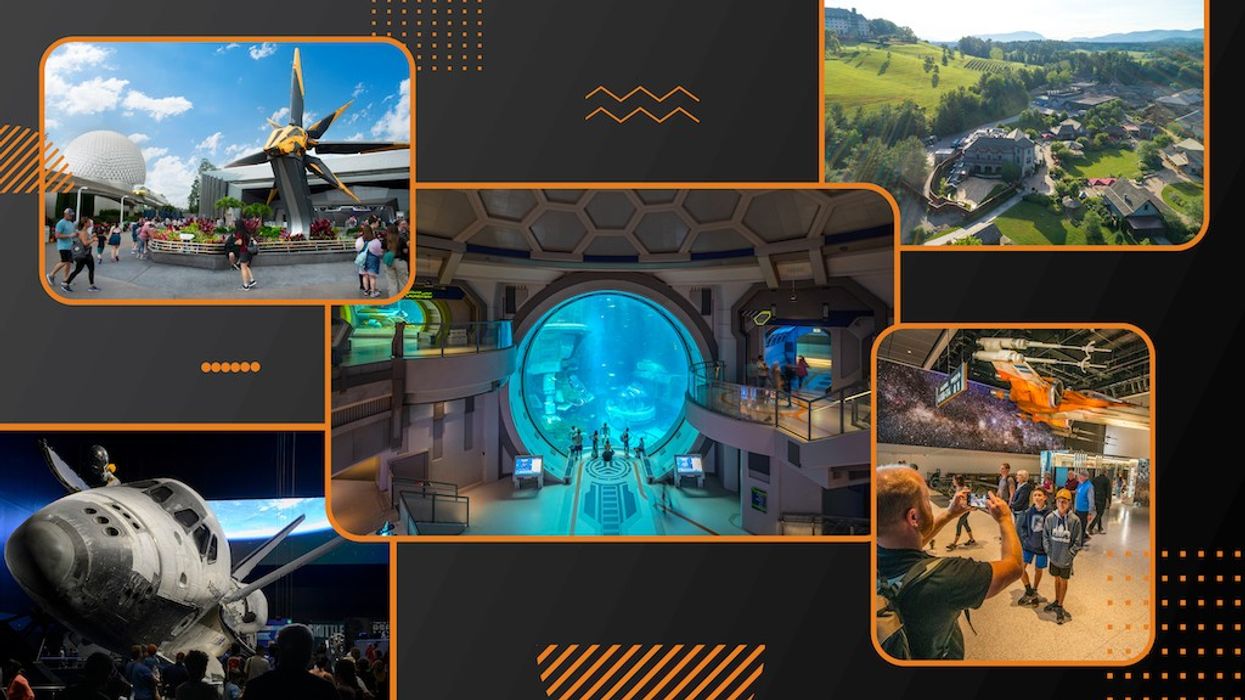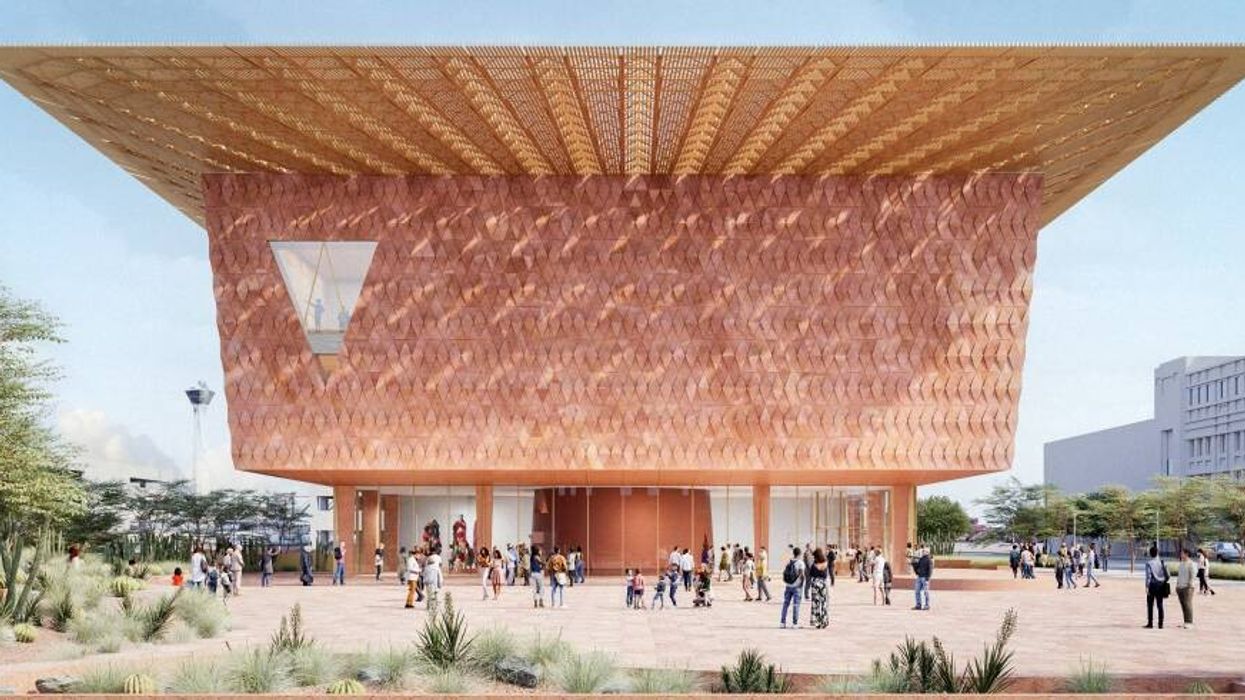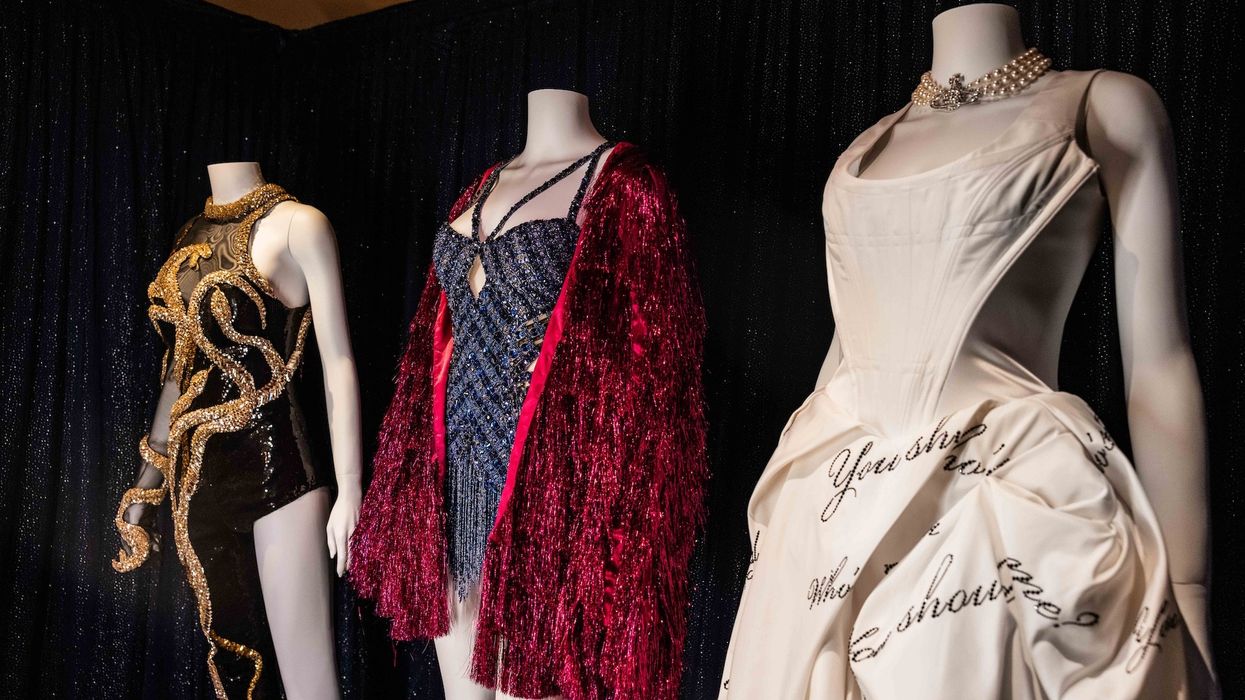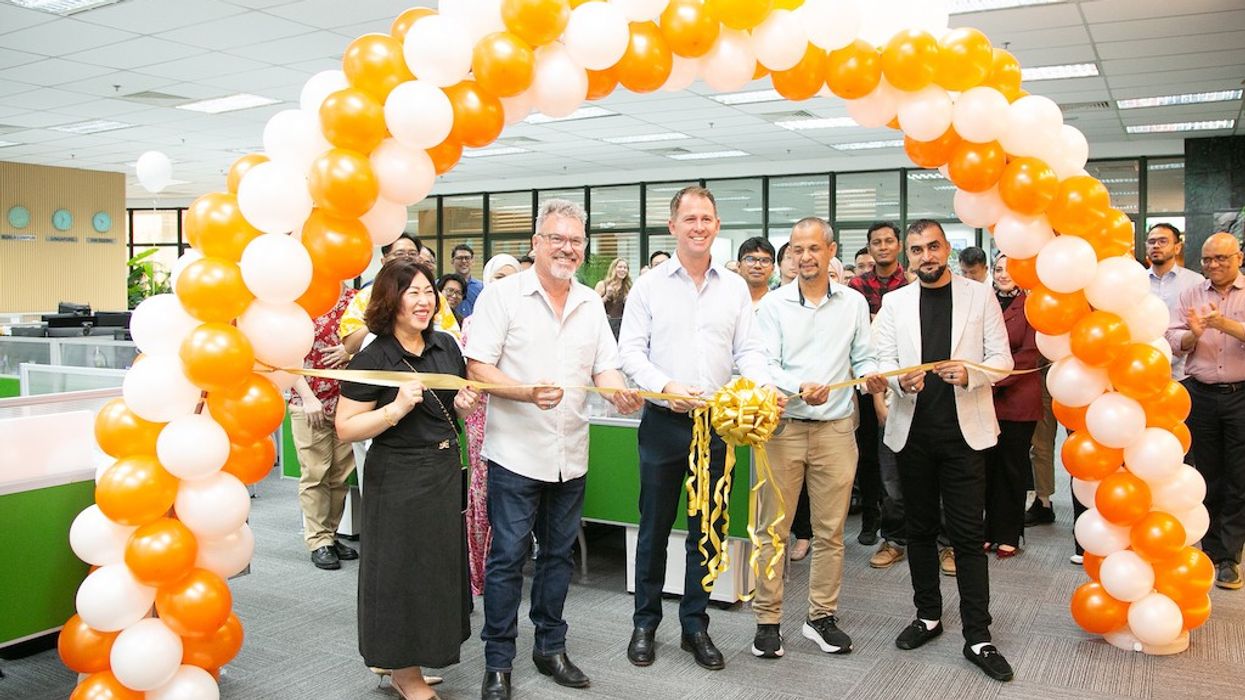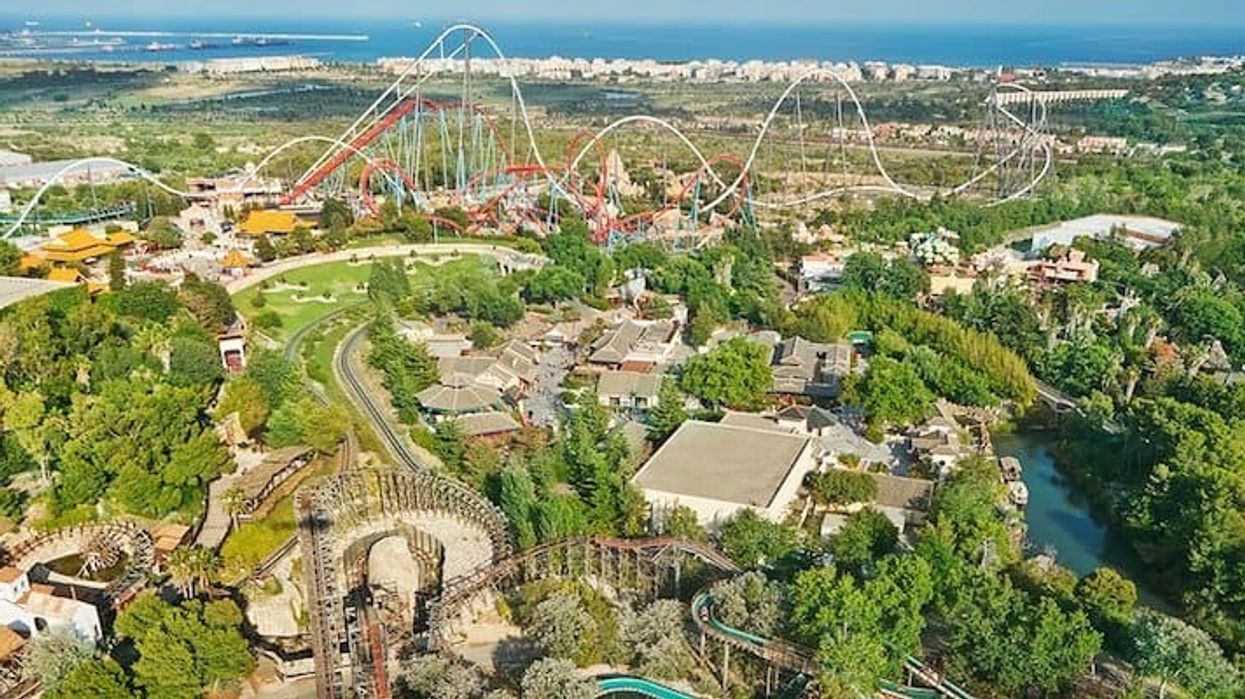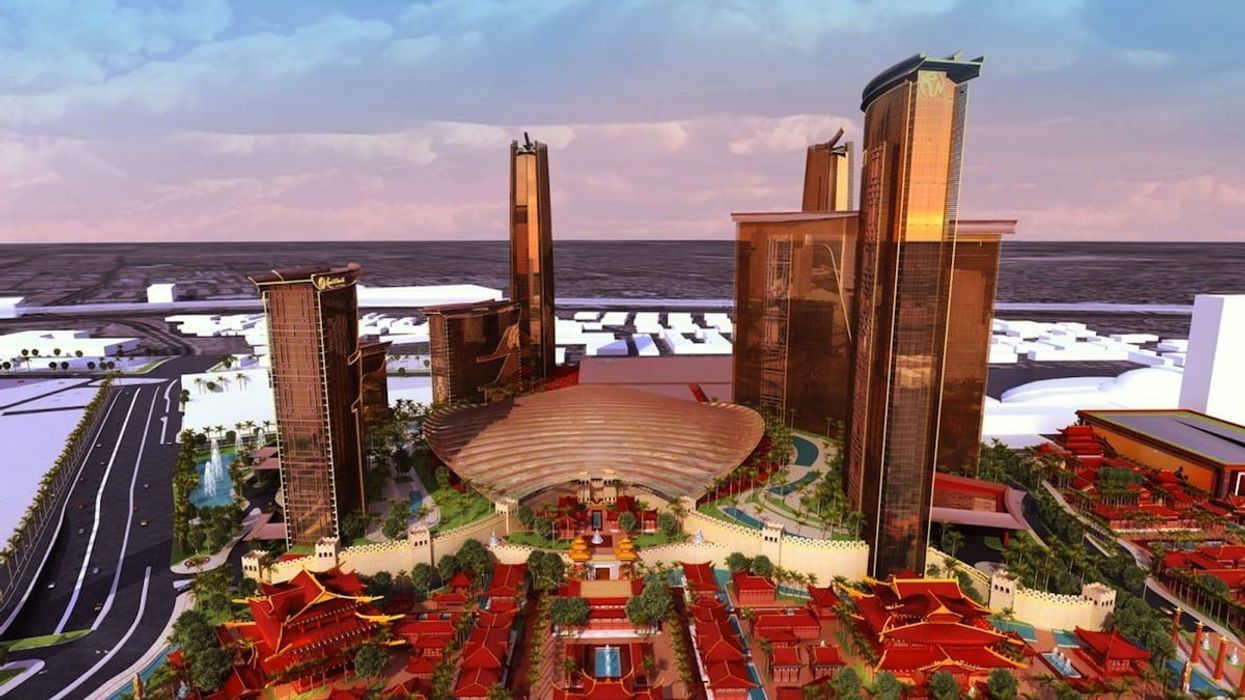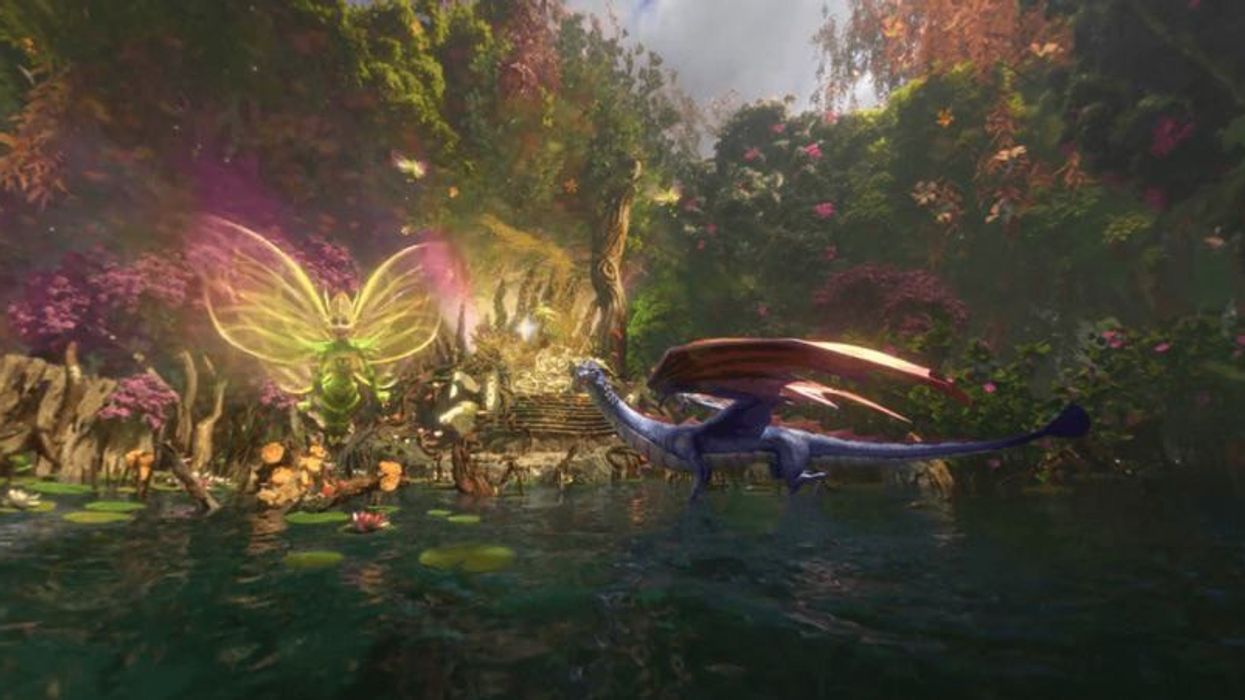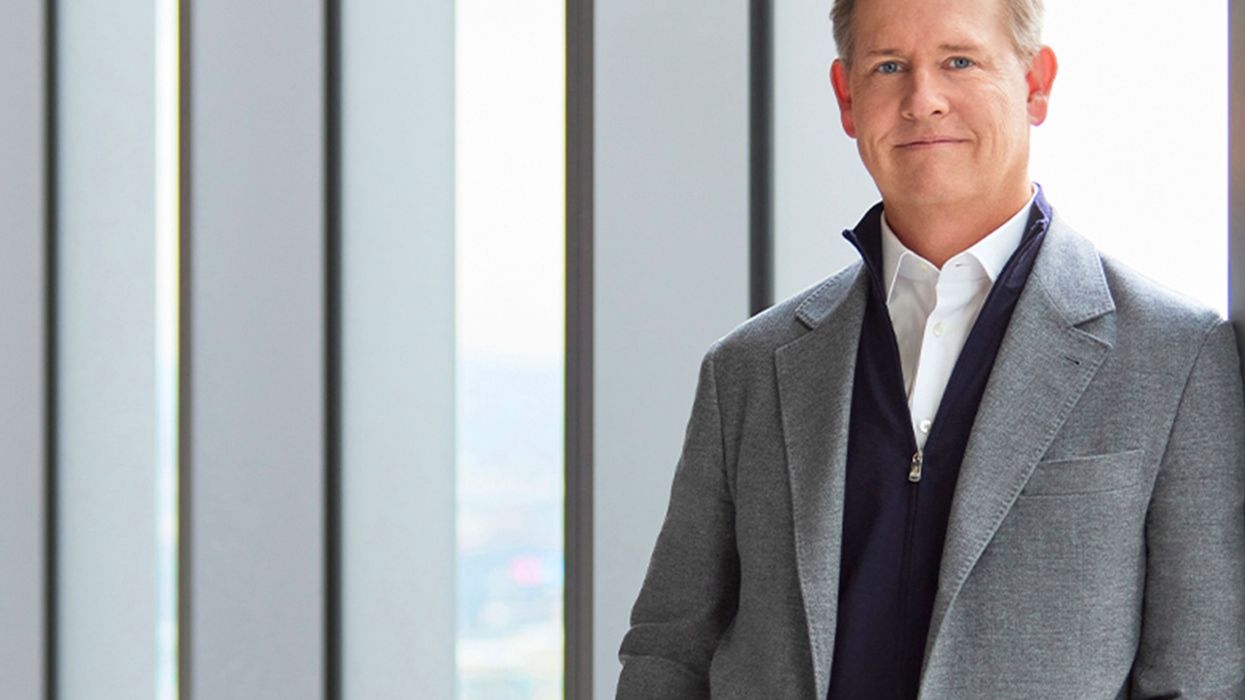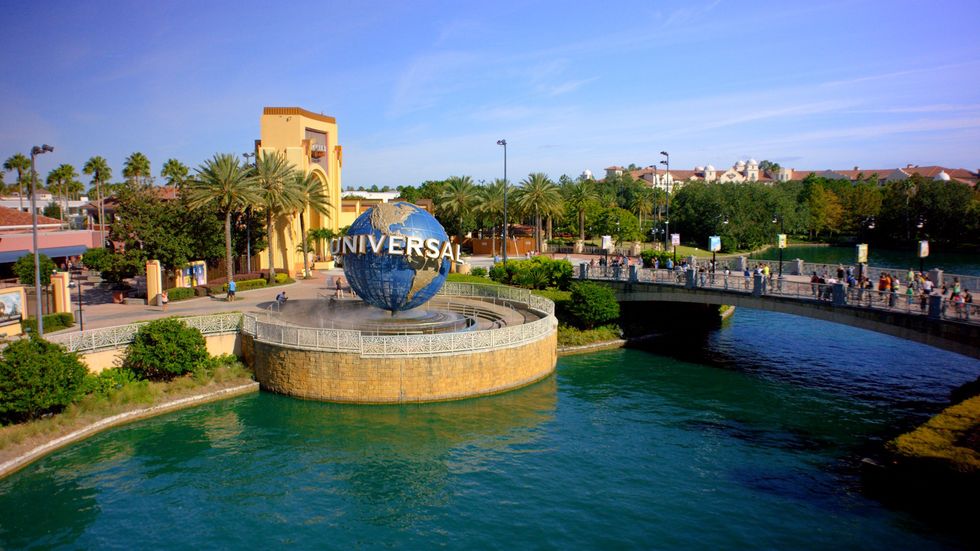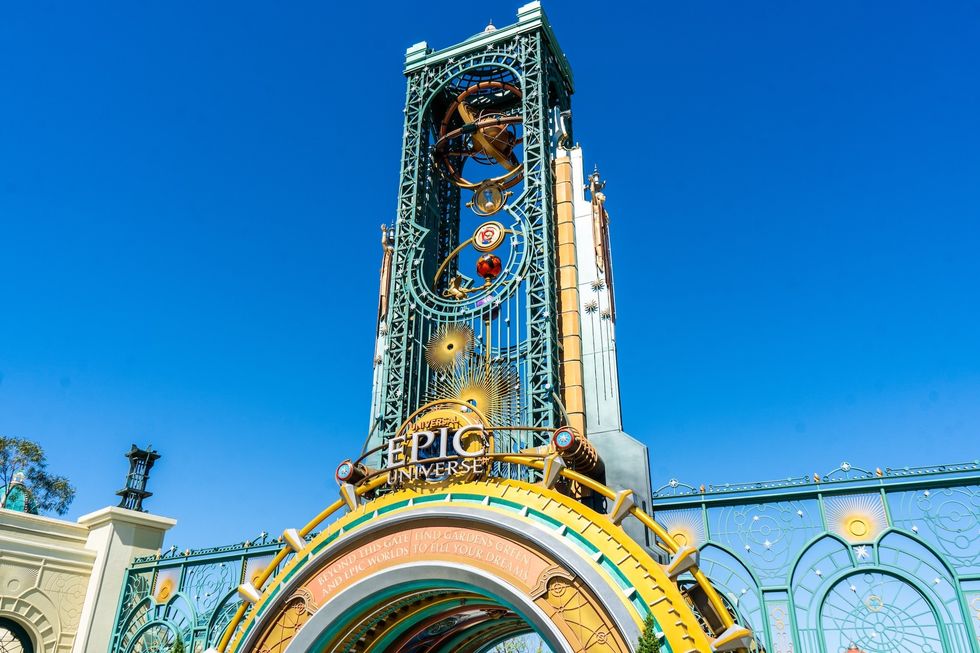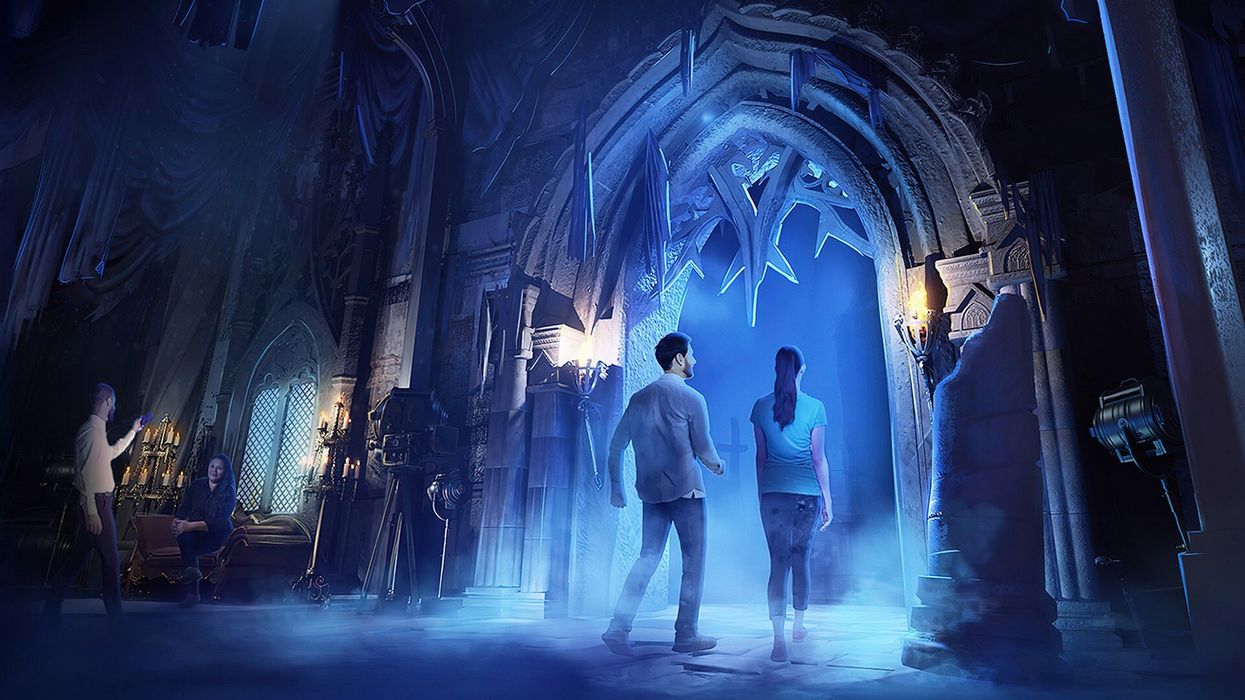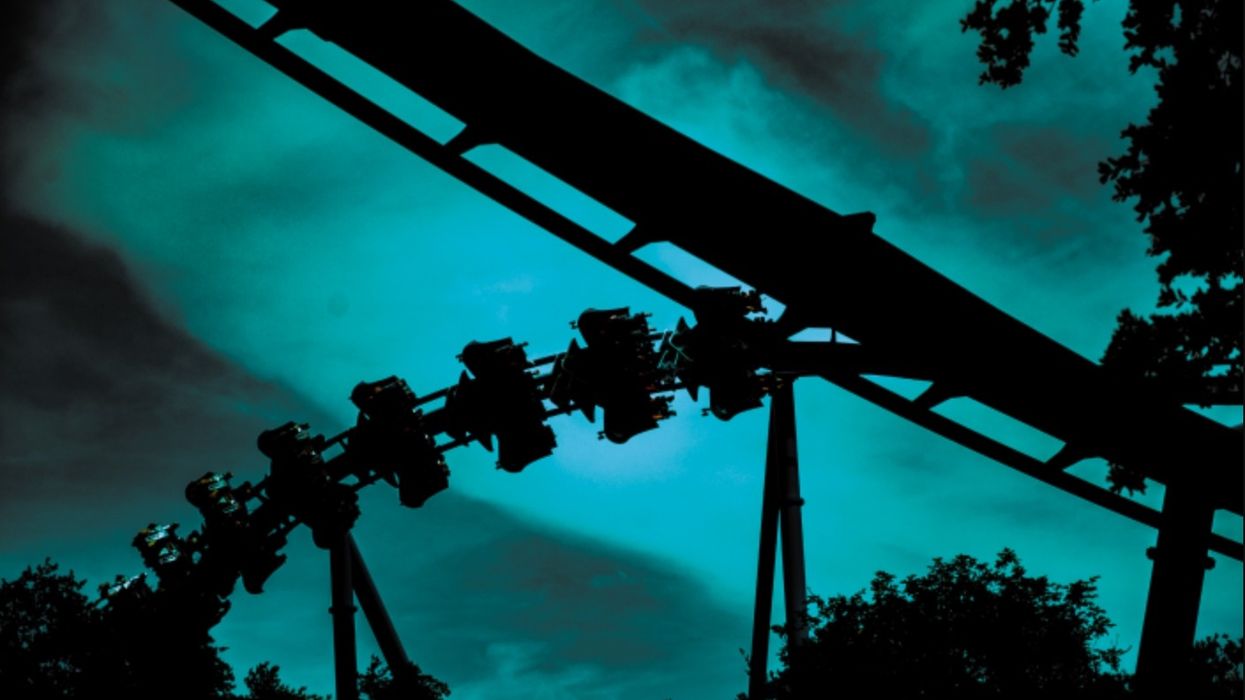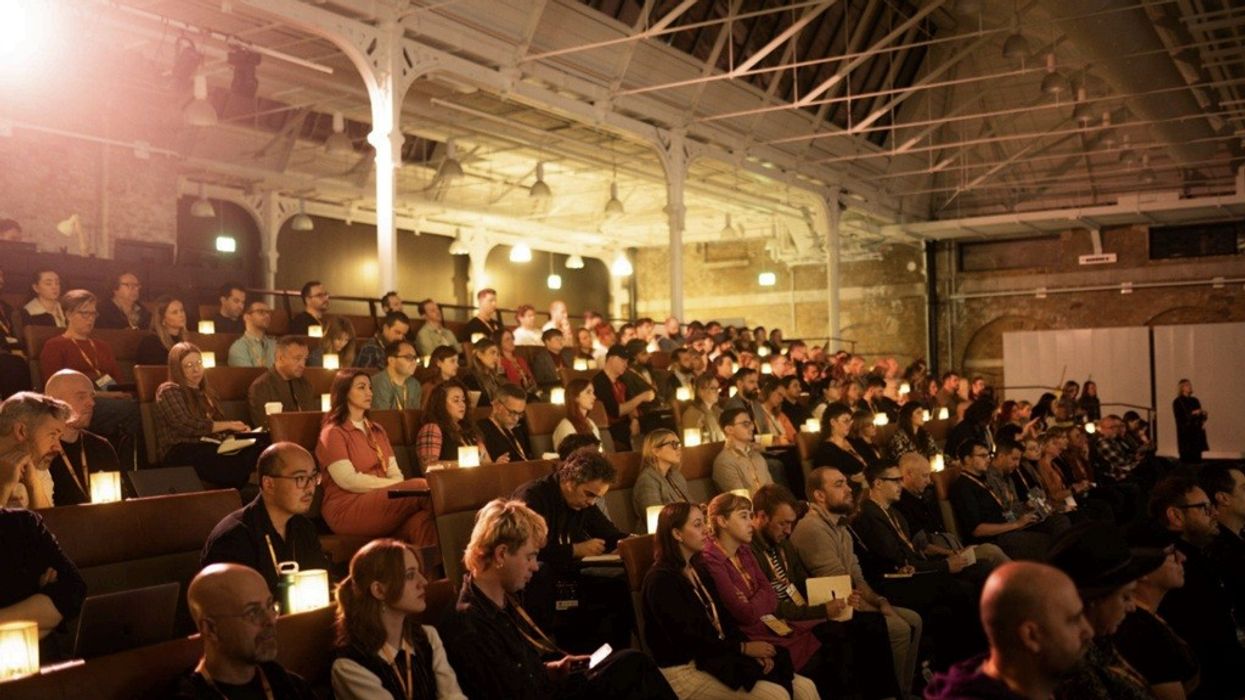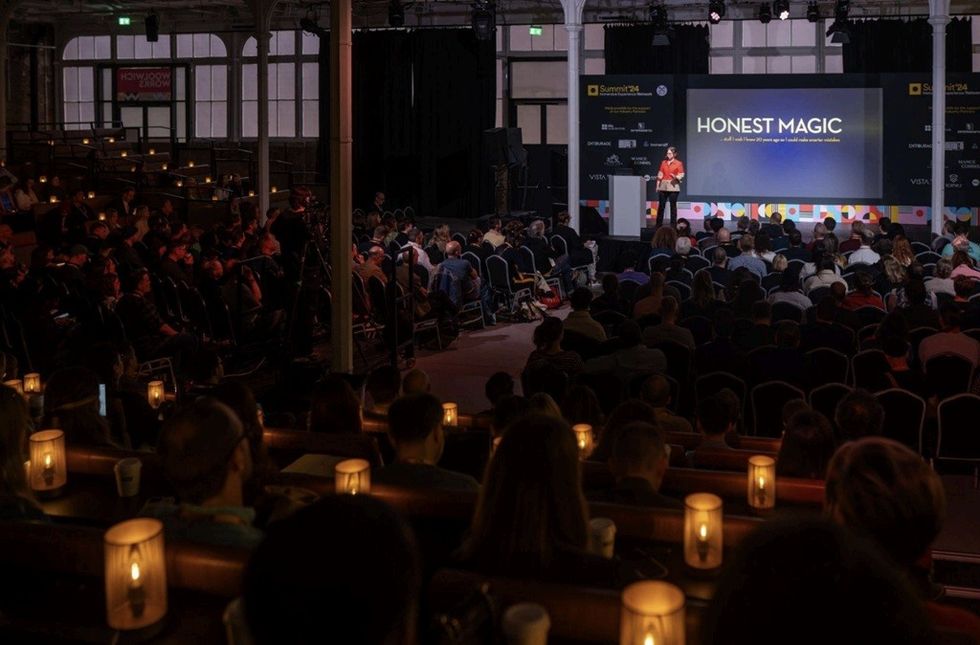PGAV, a global leader in the planning and design of unique destinations,marked its 60th anniversary this August, having shaped some of the most iconic destinations around the world during the last six decades.
Over the years, the company has established a legacy rooted in creativity, innovation, and trusted partnerships. Highlights include the Atlantis model suspended as if still in flight at Kennedy Space Center, designing the world’s largest aquarium at Georgia Aquarium, the historic Biltmore Estate, and working with Walt Disney Imagineering on Guardians of the Galaxy: Cosmic Rewind.
These milestones reflect its rich history and guide its future path.
A guest-focused approach
Founded in 1965, PGAV started with a core mission: to realise its clients' dreams. Its early work with Anheuser-Busch established a service approach built on solid partnerships and innovation.
That spirit quickly grew into innovative zoo habitats, such as the Saint Louis Zoo’s Penguin & Puffin Coast, which revolutionised guest and wildlife interaction as the first indoor, open-air penguin habitat.
More recently, that tradition of innovation has persisted worldwide with the creation of SeaWorld Yas Island in Abu Dhabi, the largest indoor marine park in the world. Each achievement has contributed to PGAV’s growing expertise and has fueled its vision for the future.
Recognising how vital guest insights are, PGAV led the way in integrating the visitor’s perspective into planning. This method enhances understanding of the guest journey, enabling designers to craft cohesive experiences grounded in compelling storytelling.
This philosophy is clear at places like Rulantica at Europa-Park, where storytelling threads run smoothly throughout the water park, and at the National Air and Space Museum in Washington, D.C., where visitor experience shaped the design.
“PGAV has grown through steady evolution. At our core, we’ve remained who we are—curious, empathetic, and committed to understanding the guest. That empathy led us naturally into storytelling, where we discovered new ways to connect with guests and make the world better,” says Mike Konzen, chairman of the board at PGAV.
Looking to the future
Today, PGAV continues to adapt to a changing world by embracing new technologies, visualisation tools, media production, and interactive design.
For instance, at the Missouri History Museum, the 1904 World’s Fair exhibit includes a 3D scale model animated with projections that change the landscape from a busy day in 1904 to modern-day St. Louis. This experience encourages visitors to consider how the city’s history and current state connect, enriched by multimedia storytelling that explores the Fair’s detailed history.
Looking ahead, PGAV is committed to upholding its culture, values, and leadership into the future.
“PGAV stays true to who we are, while embracing the freedom to reinvent and think boldly. The lessons of the past 60 years fuel our drive to imagine what’s next and to shape the innovations that will define the next 60,” says Diane Lochner, PGAV principal.
PGAV adds that it celebrates its anniversary with deep gratitude for everyone who has contributed to its journey. From the hard work of employees to the trust of partners and clients, each has been vital in shaping six decades of creativity and innovation.
Recently, PGAV announcedDave Coopersteinas director of process and design innovation. This role leads PGAV’s strategic initiatives, fosters innovation, and improves organisational capabilities in project delivery, technical advancements, and talent growth.
Charlotte Coates is blooloop's editor. She is from Brighton, UK and previously worked as a librarian. She has a strong interest in arts, culture and information and graduated from the University of Sussex with a degree in English Literature. Charlotte can usually be found either with her head in a book or planning her next travel adventure.
